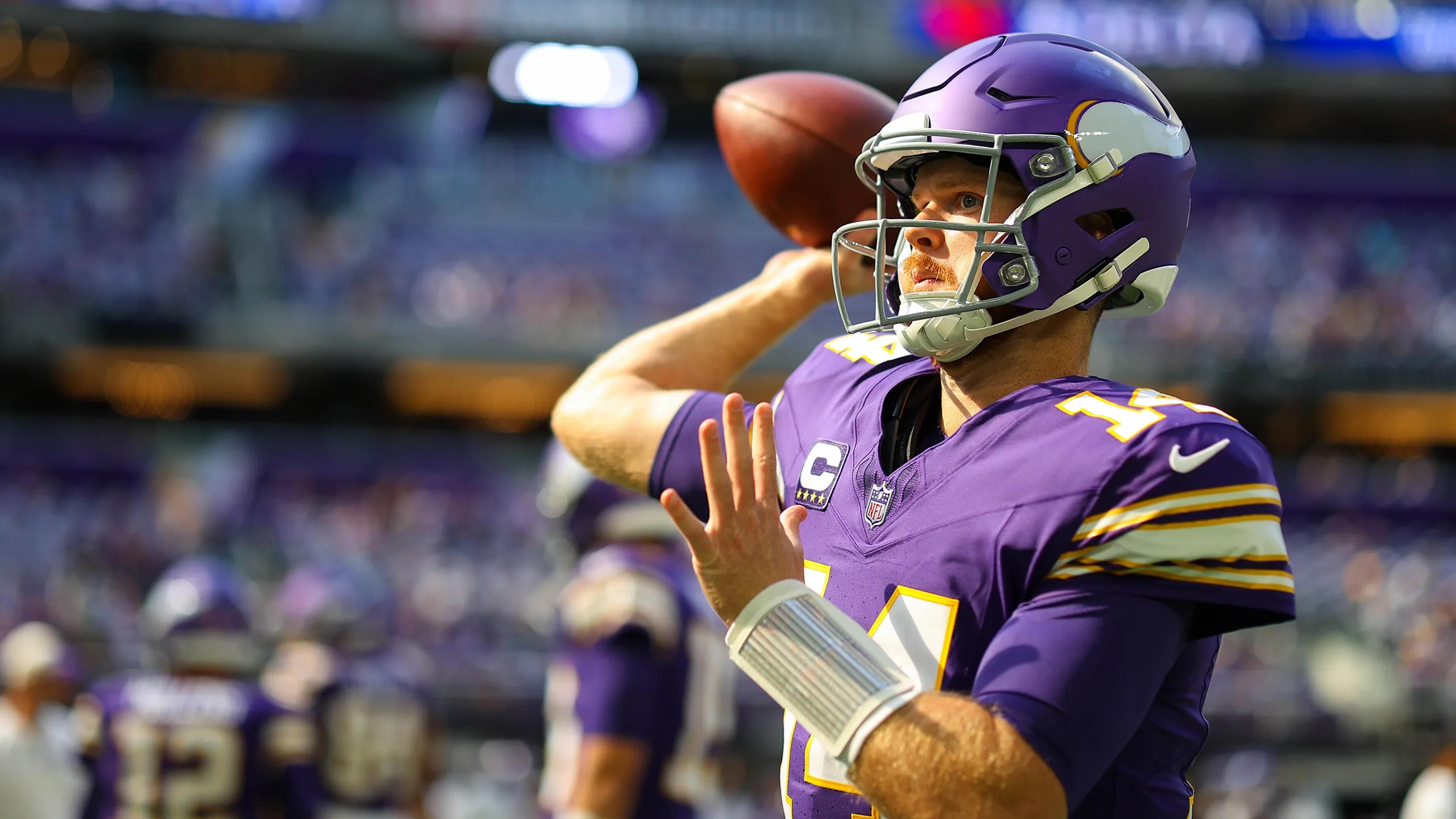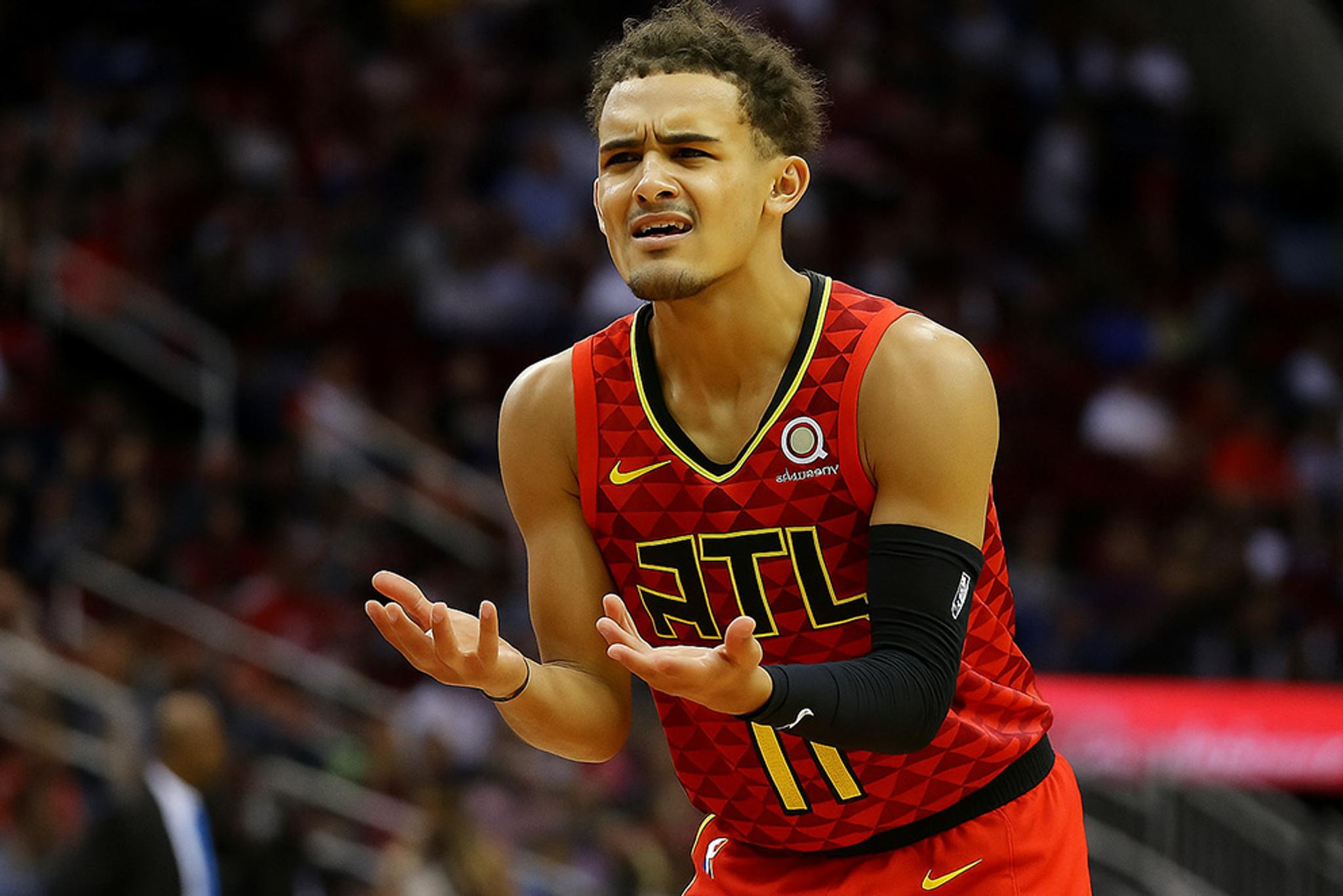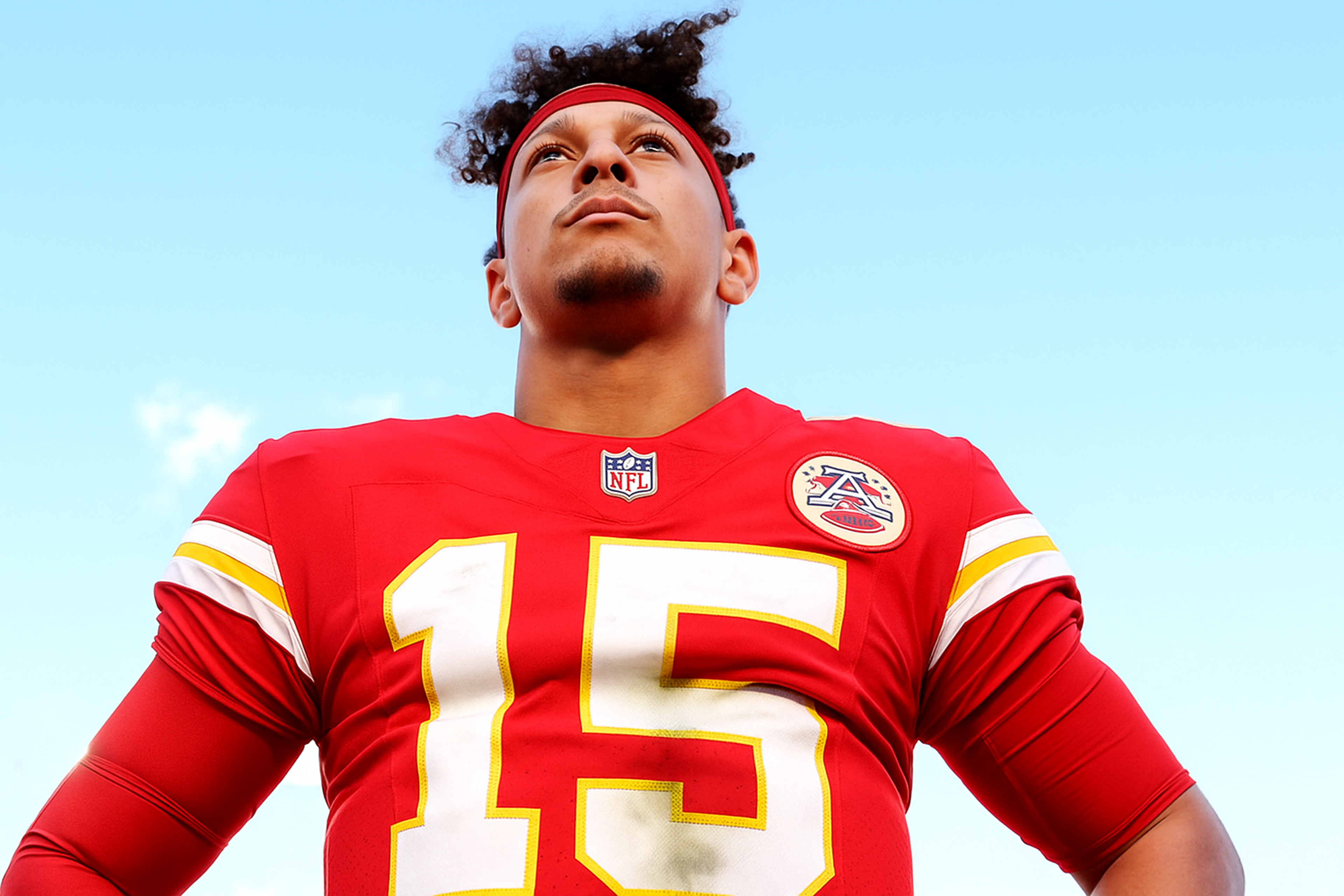Your Betting Model Is Probably Making You Worse


James White
Co-Founder of HotTakes
The Spreadsheet That Destroyed My September
Last preseason, I built what I thought was the perfect NFL betting model. Power ratings based on opponent-adjusted efficiency metrics. Quarterback mobility scores. Offensive line pressure rates. Defensive coverage grades. I even had a custom injury impact calculator that weighted players by positional value and snap count percentage.
My model absolutely crushed the 2024 preseason projections. Week 1, I had the Vikings at 6.5 wins. Sam Darnold was a bridge quarterback waiting for rookie J.J. McCarthy to take over. The numbers screamed "stay away"--Minnesota had the NFL's worst quarterback injury luck since 2016, their win total was tied for fourth-lowest in the league, and Darnold had a 21-35 career record as a starter.
My model said fade Minnesota all season. The actual result? Darnold threw for 4,319 yards and 35 touchdowns, posting a 102.5 passer rating, leading Minnesota to a 14-3 record and serious Super Bowl contention.
But here's where it gets worse. Because I had a "model," I kept betting against the Vikings even as they kept winning. My spreadsheet told me they were overperforming, that regression was coming, that the underlying numbers didn't support their success. I lost seven straight bets fading Minnesota, all because my model gave me the confidence to ignore what was actually happening on the field.
That's when the painful truth hit me: my model wasn't helping me find value--it was forcing me to make bets I shouldn't be making in the first place.
The Amateur Modeling Trap: When Math Creates Overconfidence
Here's what nobody tells you about building betting models: the act of creating a quantitative framework doesn't make you better at handicapping--it makes you worse at recognizing when you should stay away from games entirely.
The false confidence loop works like this:
Step 1: Build the Model
You input historical data, create formulas, and generate power ratings that feel objective and scientific. Finally, you're not just "guessing"--you're using math!
Step 2: Trust the Numbers
Your model spits out a projected spread. When it differs from the betting line, you assume you've found value. The bigger the discrepancy, the more confident you feel.
Step 3: Force the Action
Because you put all this work into your model, you feel obligated to bet the games where your projections differ from the market. You're not gambling--you're investing based on quantitative analysis!
Step 4: Ignore the Results
When your bets lose, you blame variance, bad luck, or "the model needs tweaking." You never consider that maybe you shouldn't have been betting that game at all.
The fundamental flaw: amateur bettors build models to identify value, but professional bettors use models to identify games they shouldn't touch.
What Your Model Is Missing (That Actually Matters)
Let's look at what my Vikings model missed--and what every amateur betting model misses--that actually determines game outcomes.
Coaching Impact on System Fit
My model couldn't quantify Kevin O'Connell's ability to design plays where receivers break open on nearly every snap, or his reputation as one of the NFL's best play designers with an "answer" for any defensive approach. These qualitative factors don't fit in Excel columns, but they're often more predictive than efficiency metrics.
What Models See: Minnesota's projected points based on Darnold's career completion percentage (61.9%) and touchdown rate.
What Models Miss: O'Connell is described as "the coach equivalent of an All-Pro quarterback," creating a scheme advantage that elevates quarterback play beyond historical baselines.
Psychological Factors and Motivation
My model treated every Commanders game the same in 2024. Jayden Daniels wasn't just performing--he led Washington to a 12-5 record and their first NFC Championship Game appearance in 33 years, throwing for 3,568 yards with 25 touchdowns and setting the NFL rookie quarterback rushing record with 891 yards.
What Models See: Rookie quarterback efficiency regression, historical playoff performance by first-year starters.
What Models Miss: The intangible difference between a talented rookie playing loose with nothing to lose versus playing tight under pressure. Models can't capture "special" players who break historical patterns.
Narrative and Situation-Specific Edges
Models reduce complex situations to numbers, missing the context that actually drives performance.
The Washington Story: Under new ownership, a new coach, and rookie-of-the-year quarterback Jayden Daniels, Washington won 12 games and advanced to an NFC Championship Game for the first time in 33 years, compared to fewer than half their games under previous owner Daniel Snyder.
What amateur models project: Historical franchise performance, quarterback rookie efficiency metrics, strength of schedule adjustments.
What they miss: Complete organizational transformation creating performance shifts that break all historical models.
The Three Types of Models That Destroy Bankrolls
Type 1: The Overfitted Historical Model
The Setup: You build power ratings based on 10+ years of NFL data, weight factors based on what "worked" historically, and generate projections that look sophisticated.
The Problem: One professional analyst admitted his 2023 picks were "absolutely the worst year" in four seasons, having the Patriots winning the AFC East, the Buccaneers winning three games, and the Cardinals winning one game--all spectacularly wrong.
Why It Fails: Historical patterns don't account for regime changes, rule adjustments, or evolving strategies. You're modeling what used to work, not what's working now.
Type 2: The Kitchen Sink Complexity Model
The Setup: You add every stat you can find--DVOA, EPA, success rate, explosive play percentage, pressure rates, coverage grades, tendency breakdowns. More data equals better predictions, right?
The Problem: When you have 47 input variables, you're not finding signal--you're drowning in noise. You can't distinguish between predictive factors and coincidental correlations.
Why It Fails: Complex models require complex inputs, which means more estimation errors and more ways for your projections to be wrong. Simple edges beat complicated systems.
Type 3: The Confirmation Bias Model
The Setup: You watch games, form opinions about teams, then build a model that confirms your existing beliefs. You adjust weights until the outputs match your gut feelings.
The Problem: Your model isn't objective--it's just a mathematical justification for subjective opinions. But now you're betting bigger because "the model agrees."
Why It Fails: You've eliminated the one potential benefit of modeling (objectivity) while keeping all the drawbacks (false precision, overconfidence).
What Professional Models Actually Do (And Why You Can't Replicate Them)
Sharp bettors absolutely use quantitative models--but their approach is completely different from amateur betting models.
Professional Model Characteristics:
1. Identify Non-Betting Games
Pros use models primarily to flag games where they have no edge. When the model projection matches the betting line within their margin of error, they pass. Amateurs see any discrepancy as a betting opportunity.
2. Focus on Specific Edges
Sharp models aren't general-purpose projection systems--they're built to exploit specific, identified inefficiencies. One model for totals in weather games. Another for division road underdogs. Narrow focus, not broad predictions.
3. Update in Real-Time
Professional systems ingest breaking news, line movements, injury reports, and market action continuously. Your Excel spreadsheet with Tuesday power ratings is obsolete by Sunday morning.
4. Include Qualitative Overlays
Pros know their models are tools, not oracles. They override projections when qualitative factors (coaching changes, motivational spots, situational edges) indicate the model is missing context.
5. Validate Against Market Efficiency
Sharp models are constantly tested against closing lines and actual results. If the model consistently loses compared to market closing prices, it gets rebuilt or abandoned. Amateurs just "tweak the weights."
The Reality Check: When Your Model Says Bet and You Should Pass
Here's the uncomfortable truth: most games your model identifies as "value" are actually just noise masquerading as edge.
Actual 2024 Examples:
Your Model Says: Vikings are overperforming, Darnold will regress, bet against Minnesota all season.
What Happened: Darnold posted a 102.5 passer rating with 4,319 yards and 35 touchdowns, becoming the NFL's Most Improved Player and earning his first Pro Bowl selection. Minnesota finished 14-3 and became the first 14-win wild card team in NFL history.
Your Model Says: Commanders rookie quarterback facing tough competition, fade Washington based on historical rookie efficiency.
What Happened: Daniels finished with the highest completion percentage (69%) and most points per game (28.5) by a rookie in NFL history, broke Robert Griffin III's rookie rushing record for quarterbacks (891 yards), and threw for 3,568 yards with 25 touchdowns. Washington went 12-5 and reached the NFC Championship Game.
The Pattern: Amateur models identify "value" based on deviations from historical norms, but the best betting opportunities are often situations where something genuinely different is happening--which models trained on historical data can't capture.
Your Anti-Model Strategy: Focus on Edge, Not Projection
Step 1: Kill Your General Model
Stop trying to project every game. You don't need a number for Vikings vs. Rams. Professional bettors have edges in maybe 5-10% of available games. Why do you think you can model all 272?
Step 2: Build Narrow, Testable Edges
Instead of projecting outcomes, identify specific situations where you have informational or analytical advantages. Example: "Home teams on short weeks after road wins" or "Totals in outdoor games with 15+ mph winds."
Step 3: Use Your Model as a Filter, Not a Signal
Your quantitative work should tell you which games to ignore, not which games to bet. If your model says Vikings +3 should be Vikings -2, that's not a bet signal--that's a flag that you might be missing something important.
Step 4: Embrace Small Sample Qualitative Edges
The best edges right now are coaching changes, scheme fits, and situational spots that models struggle with. O'Connell's scheme elevation of quarterback play isn't in your spreadsheet, but it's more predictive than completion percentage.
Step 5: Track What Your Model Gets Wrong
Don't just measure win rate--track when your model confidently predicts value and gets destroyed. If you're consistently wrong on certain team types or game situations, that's valuable negative information.
The Hardest Lesson: Your Model Should Make You Bet Less, Not More
The sign of a good betting model isn't how many plays it generates--it's how many games it tells you to stay away from.
Professional bettors bet 5-10% of available games. Amateur model builders bet 50%+ because "the model found value."
The key insight: If your model is forcing you to have an opinion on every game, you've built a false confidence generator, not an edge identifier.
The uncomfortable truth: You probably have actual edges in fewer than 10 games per season. Everything else is just variance with extra steps.
Stop building models that give you reasons to bet. Start building frameworks that give you reasons to pass.
Your model should be your brake pedal, not your gas pedal. Until you understand that distinction, every number in your spreadsheet is just making your losing bets feel more scientific.
Ready to stop forcing bad bets based on false confidence? Join the HotTakes community for real edge identification that doesn't require a PhD in statistics. Download the app and turn actual sports knowledge into profits.

